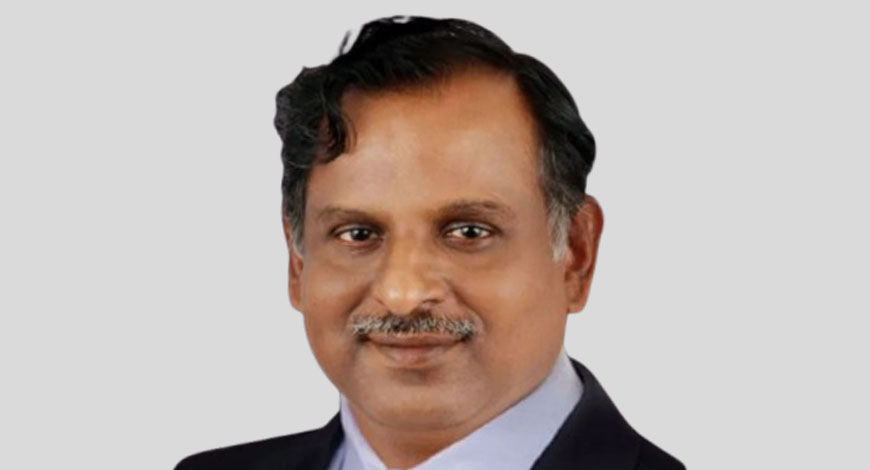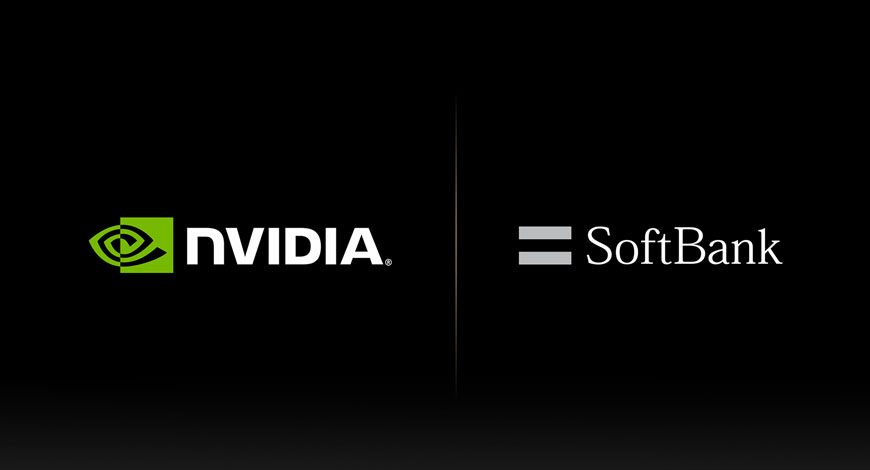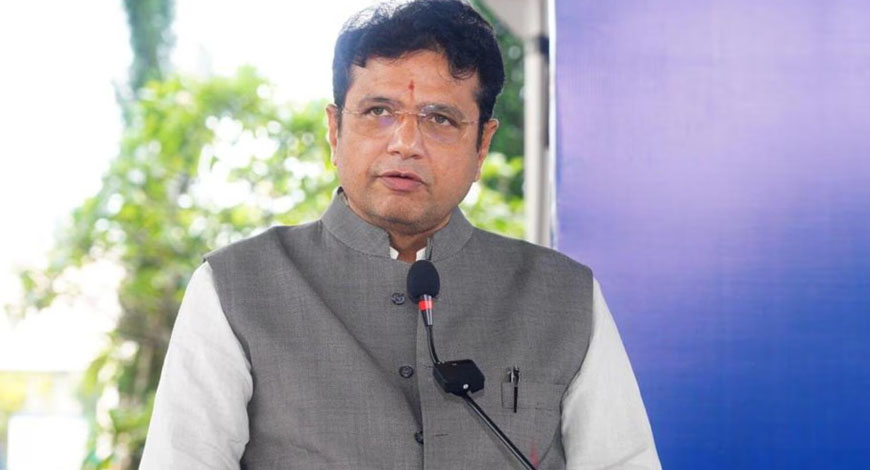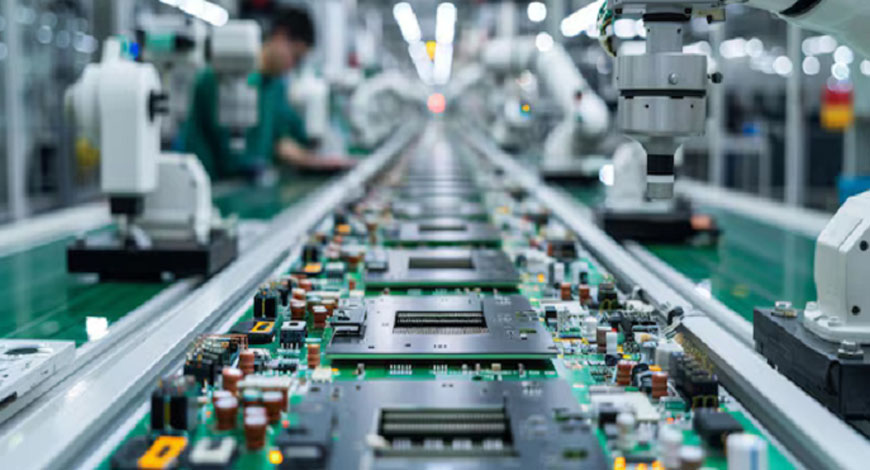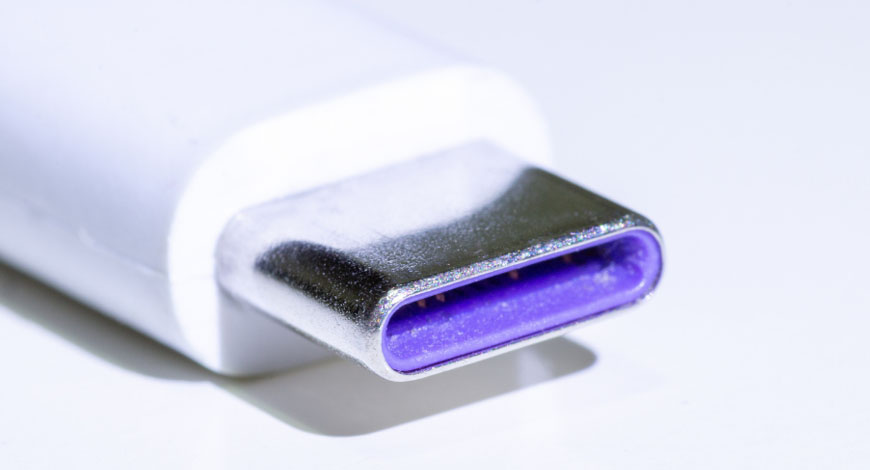Eminent rocket scientist and the newly appointed chairman of the Indian Space Research Organisation (ISRO) V Narayanan on Wednesday said that the space agency is going through a successful phase and Chandrayaan-4 and Gaganyaan are among the prominent missions ahead.
Expressing happiness about his new stint as the Secretary, Department of Space and as the chairman of the ISRO, Narayanan said he considers it as a great luck to be part of such a great organisation led by great leaders.
“It is such a great organisation. Several great leaders have led it (in the past). I consider it as a great luck to be part of it,” he told reporters here.
While replying to a question, Narayanan said the information about his new appointment was first passed on to him by the Prime Minister’s Office (PMO).
“The PM is deciding everything. The PMO has contacted. The current chairman S Somanath sir also called and said about the new appointment,” he said.
When asked about the upcoming projects of ISRO, the newly appointed Chairman said it is the time when the space agency is undertaking significant missions.
“As everyone knows, it is the time when the ISRO is going through a successful phase,” he said.
While giving details about the upcoming projects, Narayanan said the ISRO launched the Space Docking Experiment (SpaDeX) mission on December 30 and the docking experiment of the SpaDeX satellites would be held on January 9.
Stating that Gaganyaan is another major programme before the ISRO, he said the works related to the launching of the uncrewed module or uncrewed rocket as part it are successfully progressing.
He said works are progressing at Sriharikota to send the navigation satellite, NVS 02, using a GSLV later this month.
The works to send a commercial satellite of the United States using ISRO’s Mark III vehicle and the rocket assembly as part of Gaganyaan (G 1) are also progressing there (Sriharikota), he further said.
While talking about the Bengaluru-headquartered agency’s future projects, Narayanan said as everybody knows, India has become the first country to land in the south pole of the moon through the Chandrayaan 3 mission.
“In Chandrayaan 4, the objective is to land there and come back collecting samples. Works in this regard have already started,” he explained. He also mentioned about the setting up of India’s own space station.
“The Prime Minister has given approval for building a space station for us…The space station will have five modules and an approval has been granted to launch the first among them during (the year) 2028,” the new Chairman added.
According to an official order, V Narayanan was on Tuesday appointed Secretary, Department of Space, succeeding S Somanath, who will complete his tenure next week. PTI
